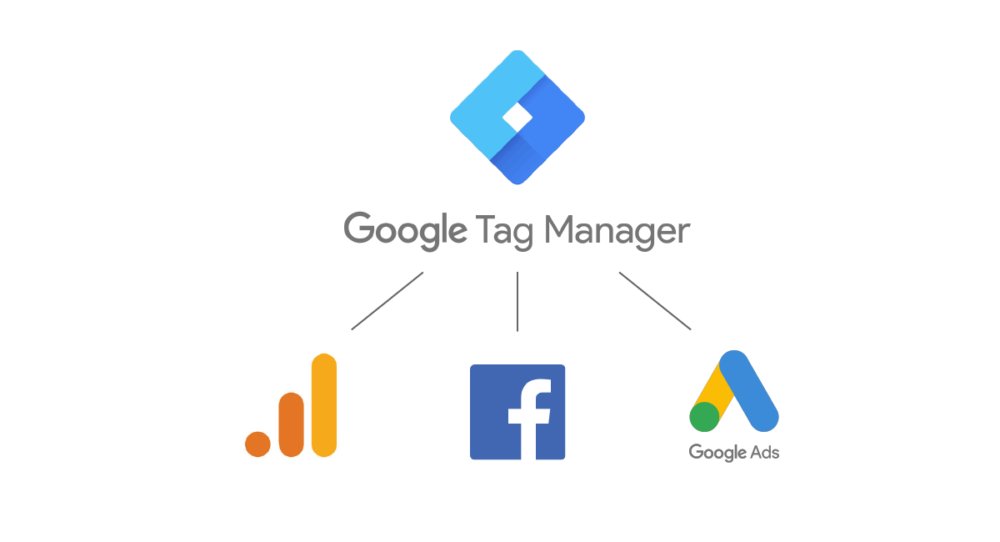
Getting Started with Google Tag Manager for eCommerce
Author : Hardeep Singh
April 18, 2024
Many websites lose information at one of their marketing or analytics stages. The culprit is often the removal of tags during upgrades of sites.
Tags are essential for eCommerce owners. Google Analytics, for example, provides page tags and eCommerce tags. Google AdWords tags have changed. Facebook has made a promise to update its tagging. All tags are intended to provide information about website engagement. Furthermore, they add clutter to web pages.
That is the rationale behind Google Tag Manager – to manage tags and keep them in a single JavaScript snippet on all sites. This prevents the user from being aware of what can be an avalanche of labels. It also reduces the possibility of losing those tags during upgrades and updates.
Google Tag Manager
Google Tag Manager enables components to fire JavaScript labels in a single focus point. Of course, GTM contains a plethora of merchant tags by default.
It also includes some third-party tags.
Adding a Tag
For example, I’ll explain how to replace your existing Google Analytics tag so that it fires in GTM.
1. Ensure that the GTM component appears on all pages of the site. Track down instructions in GTM by tapping on the holder ID, which begins with “GTM” in the top right. After tapping on the holder ID, the instructions will appear.
2. Navigate to the “Factors” section on the left side of GTM. Add the new variable to GTM by clicking User Defined Variables > New.
Enter your Google Analytics property ID and choose “Google Analytics Settings” as the variable sort. If necessary, choose “Enable Display Advertising features.” As you add more following abilities, you may have more options to add or adjust.
3. Navigate to the “Tabs” section on the left side of GTM.
By selecting “New,” you can add the Google Analytics tag to GTM.
- Name the tag “GA Page Tag” or whatever you choose.
- As the tag type, choose “Universal Analytics.”
- As the Track Type, choose “Page View.”
- Choose “Google Analytics Settings” (or whatever you named it) as the settings variable.
- Select “All Pages” under “Triggering,” which means the tag will fire on all pages that have the GTM compartment.
4. Share your work by clicking “Submit” in the upper right corner of the page.
5. Use Google Analytics Real-Time to confirm that GTM is operational. A quick glance at the Real-Time report in Google Analytics will reveal visits to your site, confirming that GTM is removing your Universal Analytics Page View tag. You may need to tap on many pages of your website before going to Content exposing in Real-Time to confirm your activity is announced.
If you include site visit tracking in Google Tag Manager, be sure that eCommerce tracking isn’t impacted. Some steps of the shopping basket include eCommerce following in the site visit following code. If all else fails, create another property in Google Analytics to test the online visit tracking in GTM.
Enhanced Analytics
GTM can improve Google Analytics by reporting past sessions, page views, and transactions. GTM itself won’t report advanced information, however, it can send the information to Google Analytics through Event tracking and other announcements. Consider these examples:
- Shipping charges versus conversions. Traders can convert rates by differing shipping policies — like free shipping, discounted shipping, and minimum purchase amounts.
- Taps on home page promotions. Recognize which promotions get the most clicks and how well they drive transformations.
- Video plays. Utilise the built-in YouTube video tracking tags in GTM.
- Announcing mistakes from submitting forms, for example, signing in and newsletter signups.
- Announcing errors from looking at, for example, credit card entry forms.
GTM Help
Using Google Tag Manager comes with the risk of having to learn and adapt. Regardless, there are resources available to assist. First and foremost, consult Google’s documentation on Tag Manager via the support menu in the three-spot sign in the top right.
If you wish to get a free consultation on Google Tag Manager and how they can grow your website ranking exponentially, please feel free to get in touch with us anytime. Our team can help you to accelerate your business growth by outsourcing all your IT requirements to us.












